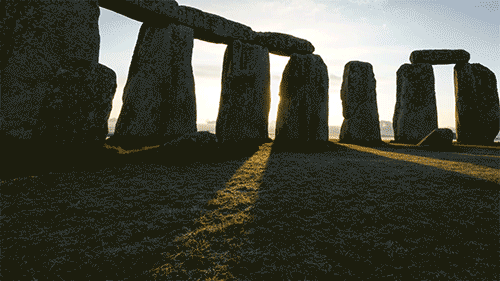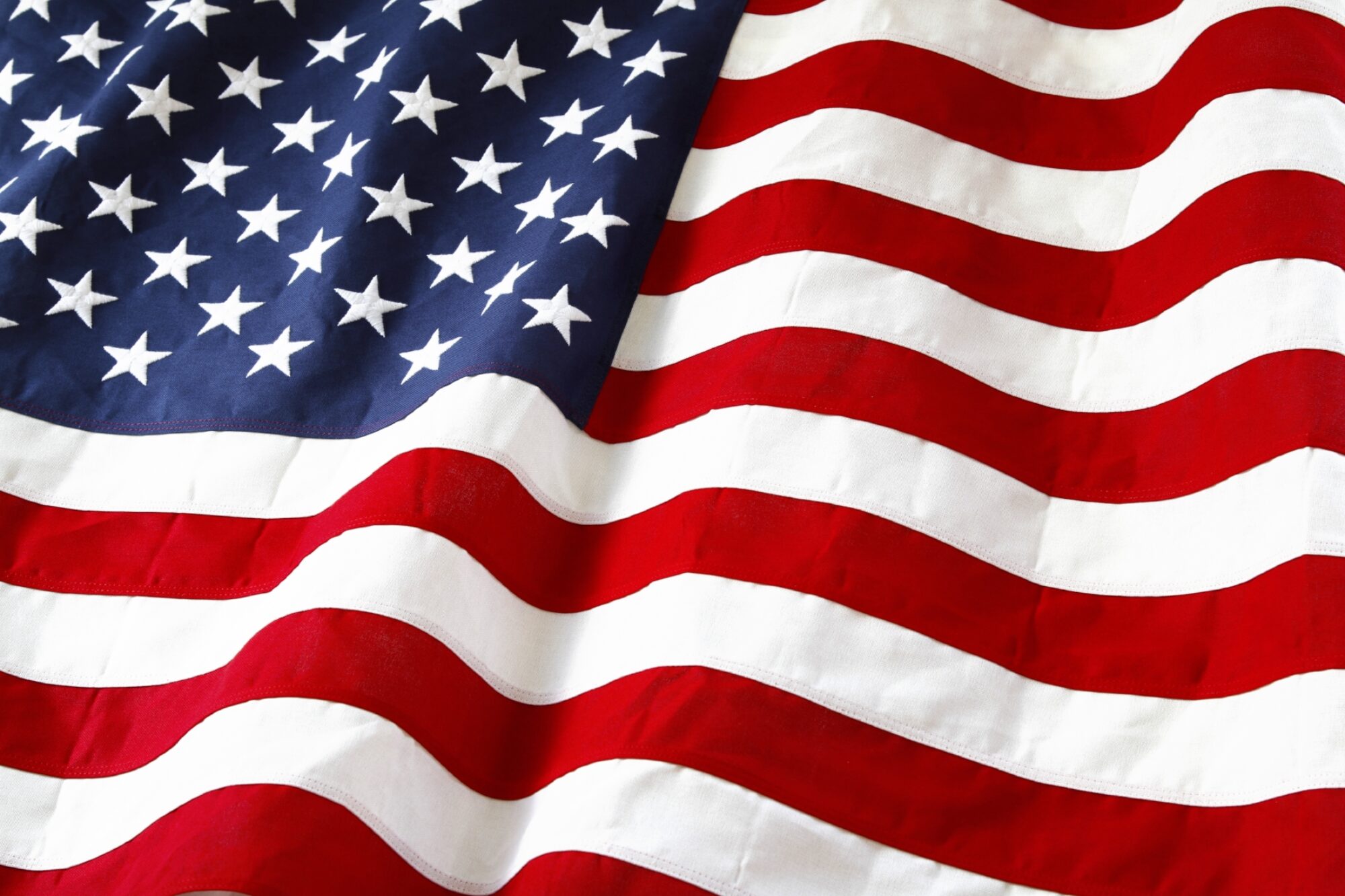
What you see above is the neolithic henge monument on the Salisbury Plain in Wiltshire, England called Stone Henge. Was it built to tell the changing of the seasons, was it a burial site, was it used for worship, or did it have a celestial observatory function predicting eclipses or having other religious, mystical or spiritual connections? The answer is, we don’t really know. Only speculation based on some excavation and hypotheses. About all that many can agree upon is that it was constructed, maybe in phases, from about 3100 BC to 1600 BC, and that the stones weigh around 25 tons each (wikipedia.org). Stone Henge is probably the most famous STANDING STONE, but “There are tens of thousands of standing stones found throughout the world, with concentrations in the British Isles, France, the lberian Peninsula, and Korea.” (study.com.) You actually may have erected a few yourself throughout your life. “Huh”, you may utter. You may have done so without really knowing it. “Okay”, you say, “But how and when did these things occur?”
Did you ever go on a hike and get to a junction in the path? Maybe there were several paths going out in different directions, so, to identify which path you came on, you placed a stone on the path you were on so you could recognize it on your way back. In today’s modern age, some nice park ranger has erected a sign telling you which way to go in order to get there, or in order to get back. In the old German fairy tale, Hansel and Gretel left a bread crumb trail so they could find their way home. In today’s modern era, police detectives often look for “breadcrumbs” that may have been left behind by a perpetrator, like finger or footprints.
We want to explore the Biblical use of the term STANDING STONES as not only do we have the reason for their construction, but we can also then make application to our lives today. “The Hebrew word translated “standing stones” is massebah and means “to set up.” The Israelites followed ancient customs by setting up standing stones as a reminder of God’s covenant and supernatural acts on their behalf. The story of the stone was passed down from generation to generation through oral tradition.” (thattheworldmayknow.com; Ray Vander Laan) “Jacob set up stone pillars at Bethel in order to remember his powerful dream, in which God reaffirmed his covenant with him (Genesis 28:18-21, 35:14-15). Moses built twelve standing stones at the foot of Mount Sinai after receiving the Ten Commandments and other laws (Exodus 24:2-4). The Israelites erected standing stones to remember their miraculous crossing of the Jordan River (Joshua 4:2-3, 8-9). Joshua built a standing stone when the covenant was renewed at Shechem (Joshua 24:27). In the New Testament, Peter builds on standing stone imagery when he describes believers as ‘living stones’ (1 Peter 2:5). Peter probably wanted his readers to think of themselves as living standing stones-people who live out their faith so boldly that others take notice. As living stones, Christians should proudly tell about the difference that God has made in their lives.” (thattheworldmayknow.com.) We should also mention other instances of the establishments of STANDING STONES. Jacob and Laban set one up to represent their covenant, they called it garsahadutha (Genesis 31:43-55). Samuel set one up between Mizpah and Shen and named it Ebenezer (I Samuel 7:11). Absalom set one up and gave it his name (II Samuel 18:18). The establishment of these stones not only recorded an immediate act, but they also served as a future reminder. “Now the people came up from the Jordan on the tenth of the first month and camped at Gilgal on the eastern edge of Jericho. And those twelve stones which they had taken from the Jordan, Joshua set up at Gilgal. And he said to the sons of Israel, ‘When your children ask their fathers in time to come, saying, ‘What are these stones?’ then you shall inform your children, saying; Israel crossed this Jordan on dry ground.’ For the Lord your God dried up the waters of the Jordan before you until you had crossed, just as the Lord your God had done to the Red Sea, which He dried up before us until we had crossed; that all the peoples of the earth may know that the hand of the Lord is mighty, so that you may fear the Lord your God forever.” (Joshua 4:19-24.)
We now want to ask again, “Where Are Your STANDING STONES?” For the most part, most of us are probably pretty private people, not wanting to share much about ourselves that reveals any depth, not just of your heart, what makes you you, but your history and what major events or forks in the road of life have you traversed, some with ease, but we bet a few were pretty monumental and had a significant impact upon the direction of your life. Those events are hard-wired into your memory, and you will never forget them. Have you told your children and grandchildren about those events? If they do not know, they cannot pass on those monumental events of your life, those STANDING STONES, that have a significant bearing upon the course of your prodigy.
Those would be personal STANDING STONES, but what about ones that are more communal in nature. Let’s consider a few of them. Some of those events occurred before we were born but yet they are STANDING STONES, nevertheless. Consider those that may be tactile in nature, ones that can be seen and even touched. The Greeks, Romans, and those in the Rennaissance were prolific in erecting STANDING STONES. In our Nation, there are many STANDING STONES erected on or near the National Mall in Washington D.C. Many tell of the history of our Nation, some depicting our heritage as a Nation, and some reminding us of the sacrifice made by many to establish and defend our Nation’s FREEDOM and LIBERTY. Other forms of STANDING STONES are made available for viewing, like “The Declaration of Independence”. In today’s modern world we only have to search our browsers to see not only this document, but also the Constitution and Bill of Rights. These, too, are STANDING STONES. In September of next year, another form of STANDING STONES will be commemorated. It is named, “A Hero’s Journey”, sculpted by Sabin Howard, the artist and sculpture. Across the Potomac River there are other forms of STANDING STONES. They are found at the Arlington National Cemetery, where many of our Nation’s honored dead are buried, those who sacrificed to the point of death to secure and maintain our FREEDOM and LIBERTY. We suspect the vast majority of our Nation’s citizens have seen neither, so it is difficult for many to teach their children about the bravery and sacrifice that made and sustains our great Nation. This is a great shame that many cannot avail themselves of these STANDING STONES.
There are other forms of STANDING STONES. They often mark events, both tragic and monumental. Consider World Wars I and II, and the Korean and Vietnam “Wars”. Do you remember the assignation of our President John Fitzgerald Kennedy and Martin Luther King, or the Space Shuttle Challenger’s explosion in 1986, and when Columbia broke apart on re-entry in 2003, or the terrorist attack on September 11, 2001, or did these events occur prior to your lived experience. These events marked forks in the road for our Nation.
Consider other forms of STANDING STONES, like our Nation’s Flag and what it represents with its stars and stripes. Or how about our National Anthem, The Star-Spangled Banner, or our Nation’s Pledge of Allegiance? These are also forms of STANDING STONES. Still other forms of STANDING STONES exist, like Easter, Hanukkah, and Christmas, marking events of religious and spiritual significance.
So, we ask again, “Where Are Your STANDING STONES?” There are plenty of them out there in our Nation. Are you taking advantage of any of them to teach to your children and to your children’s children, or to your friends and neighbors? Where we come from and what we have done, as a Nation or as an individual, has a significant impact upon those who follow us in life. Do we tell the stories or sing the songs of our STANDING STONES history? Do we walk by STANDING STONES and explain their significance to any who will listen? Do we even remember ourselves where they are and what they mean? Would those, who have gone on before us in this Nation we call home, find it appalling and disgraceful of our ignorance, resistance, or failure to be reminded of the STANDING STONES set up for our benefit, for our learning and teaching. We hope not. But it’s up to you. “Where Are Your STANDING STONES?“
